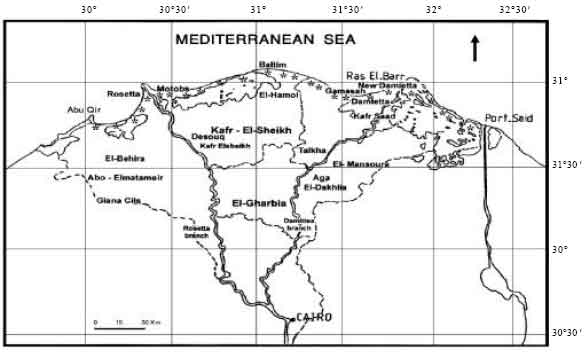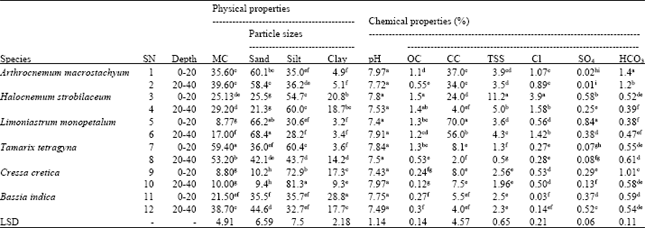Research Article
Non-traditional Fodders from the Halophytic Vegetation of the Deltaic Mediterranean Coastal Desert, Egypt
Department of Botany, Faculty of Science, Mansoura University, Mansoura, Egypt
Yasser A. El-Amier
Department of Botany, Faculty of Science, Mansoura University, Mansoura, Egypt












